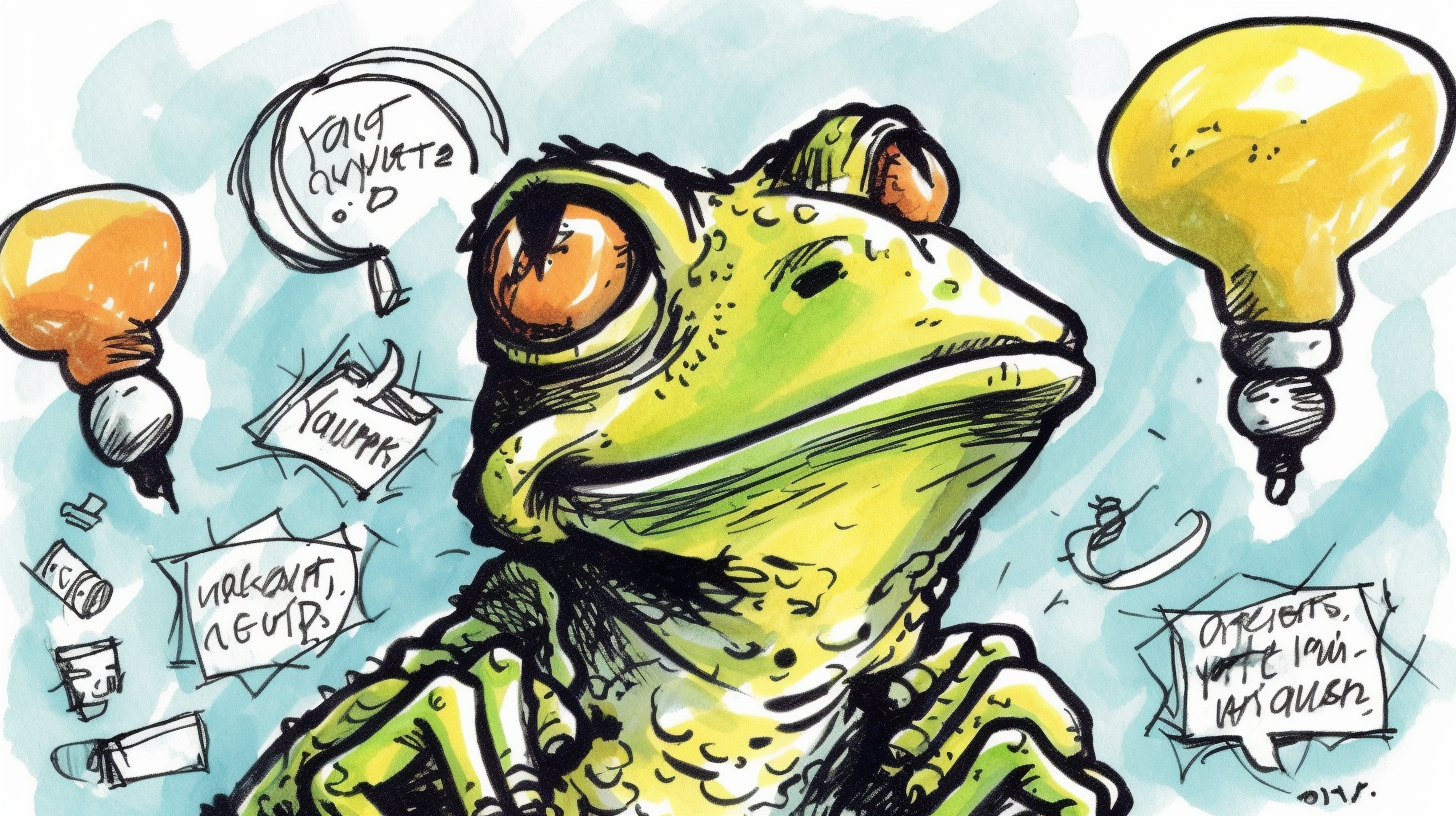
The Art of Brainstorming
 Brainstorming is an essential process for generating new and innovative ideas to tackle complex problems. It is a collaborative technique that involves a group of individuals sharing their thoughts, opinions, and perspectives in a creative and open-minded environment. To effectively brainstorm, one must understand the art of brainstorming which includes various methods and tools to encourage creativity and innovation.
Brainstorming is an essential process for generating new and innovative ideas to tackle complex problems. It is a collaborative technique that involves a group of individuals sharing their thoughts, opinions, and perspectives in a creative and open-minded environment. To effectively brainstorm, one must understand the art of brainstorming which includes various methods and tools to encourage creativity and innovation.
One of the most critical aspects of effective brainstorming is to suspend judgment. This means that all ideas are considered valid and valuable, without criticism or rejection. By creating an open and non-judgmental environment, participants are free to share their ideas freely without fear of ridicule or negativity.
To encourage divergent thinking, brainstorming involves exploring a wide range of possibilities and generating a vast number of ideas, even if some may seem unrealistic. Several techniques can help with this, such as mind mapping, word association, and analogies. These tools help participants generate new and creative ideas by associating seemingly unrelated concepts.
Another method of brainstorming involves reverse brainstorming, where the group focuses on finding the worst possible ideas. By examining these negative ideas, the group can identify potential challenges and turn them into opportunities for positive change. Similarly, the SCAMPER method encourages participants to examine ideas from different angles by asking questions that challenge assumptions and lead to new insights.
Once a variety of ideas have been generated, the next step is to evaluate and refine them. Evaluating criteria, such as feasibility, impact, and alignment with objectives, can help identify the most promising ideas. The Six Thinking Hats method provides a structured approach to evaluating ideas, where participants wear different colored hats representing different perspectives. This technique encourages critical thinking and ensures all angles are examined thoroughly.
